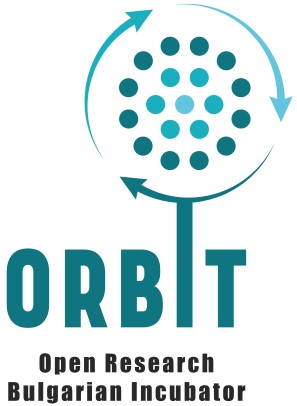
Vogon poetry is of course the third worst in the Universe. The second worst is that of the Azgoths of Kria. During a recitation by their Poet Master Grunthos the Flatulent of his poem ‘Ode to a Small Lump of Green Putty I Found in My Armpit One Midsummer Morning’ four of his audience died of internal hemorrhaging, and the President of the Mid-Galactic Arts Nobbling Council survived by gnawing one of his own legs off.
The Hitchhiker’s Guide to the Galaxy, Douglas Adams
Traditional Problems
Traditional science communication is often like trying to explain quantum physics to a Vogon – technically correct, but incomprehensible to most of the intended audience. One of the main challenges researchers face is overly complex technical language, which alienates non-specialists. Research is often published in articles saturated with jargon that only specialists can understand.
Second comes the issue of accessibility and limited distribution channels: paywalls, closed conferences, and subscription-only journals block access for curious readers. Even when people are motivated, they often cannot reach the original articles or even their summaries.
Science communication tends to be one-way – researchers announce their results without real dialogue or engagement. The slow dissemination of scientific results can also discourage lay audiences from following up once publication finally occurs.
And not least, scientific discoveries are rarely presented as exciting, well-told stories that can inspire and resonate with different audiences. Communication strategies usually target only the academic community, while ignoring other stakeholders.
For this reason, except in times of crisis, the wider public is rarely engaged in discussions of important issues that concern them. As a result, science remains locked away in .PDF files, while public understanding remains in the dark.
What is “Science Communication ”?
Science communication conveys scientific ideas, discoveries, and methods to audiences beyond the narrow circle of academic peers. It is essentially a form of translation – from the specialized language of research into something understandable, relevant, and engaging – whether your audience consists of policymakers, journalists, industry professionals, students, or the taxi driver who just asked you: “So, what do you do?” Effective science communication bridges the gap between complex research and public understanding.
How Can “Open Science Communication” Solve Traditional Problems?
Science communication is entering a new era. Thanks to the transformative power of artificial intelligence, open science offers a rich toolbox – open data, open repositories, open access publications – that ensures these technologies are used ethically and responsibly.
Open science communication turns research into something the world can truly see, use, and understand. Open access publications lower barriers so anyone, anywhere, can read them. Open research data improves transparency in the sources of AI systems and ensures they are used ethically.
Open science also helps fight scientific disinformation, since its sources are reliable, verifiable, and openly accessible. Preprints accelerate discussion and application. Plain-language summaries enable non-specialist groups to grasp solutions to complex problems. Presenting research through infographics, explainer videos, podcasts, and interactive visualizations – or distributing it via multiple channels – reaches much wider audiences. Social media, open webinars, citizen forums, and online Q&A sessions foster two-way engagement.
Open metrics allow researchers to track real-time impact. This shifts the focus from merely announcing results to actually connecting with communities and engaging them in science.
Practical Steps for “Open Science Communication”
Step 1: Identify your stakeholders!
- Determine who needs to understand or use your work – policymakers, educators, NGOs, businesses, journalists, or the general public.
Step 2: Translate your findings into plain language!
- Create short, jargon-free summaries. Use analogies, metaphors, everyday examples, and visuals to aid comprehension.
- Tell a compelling story based on your research article.
Step 3: Choose your publishing platforms!
- Don’t limit yourself to academic channels.
- Publish in open repositories.
- Share themes on Facebook, post short explainers on LinkedIn, or collaborate with science communication blogs.
Step 4: Engage interactively!
- Organize live online sessions, public lectures, or Q&A panels where people can ask about your research.
Step 5: Collaborate with communication experts!
- Partner with journalists, PR professionals, and graphic designers to make your materials clear and attractive.
Step 6: Measure and adapt!
- Use alternative metrics, media coverage, and audience feedback to evaluate what works – and improve next time.
Good Practices and EU Examples
CORDIS
- Provides summaries of EU-funded research projects.
Horizon Europe Programme
- Requires all funded projects to include a communication plan targeting diverse audiences.
European Science-Media Hub
- Trains researchers to interact effectively with journalists and digital media.
FOSTER
- Offers courses on communication strategies and tools.
OpenAIRE
- Hosts publications and datasets in open-access formats with searchable descriptions.
COALESCE
The project establishes a European Competence Centre for Science Communication.
Conclusion
Through open science communication, researchers can bridge the gap between knowledge and the public by presenting their results in engaging ways – through stories that inspire and influence. This way, research findings live on not only in journals and citation counts, but also in conversations, media, classrooms, and communities.
And remember – the goal is to inspire curiosity, not to bore your audience until they’re ready to gnaw off their own leg.
